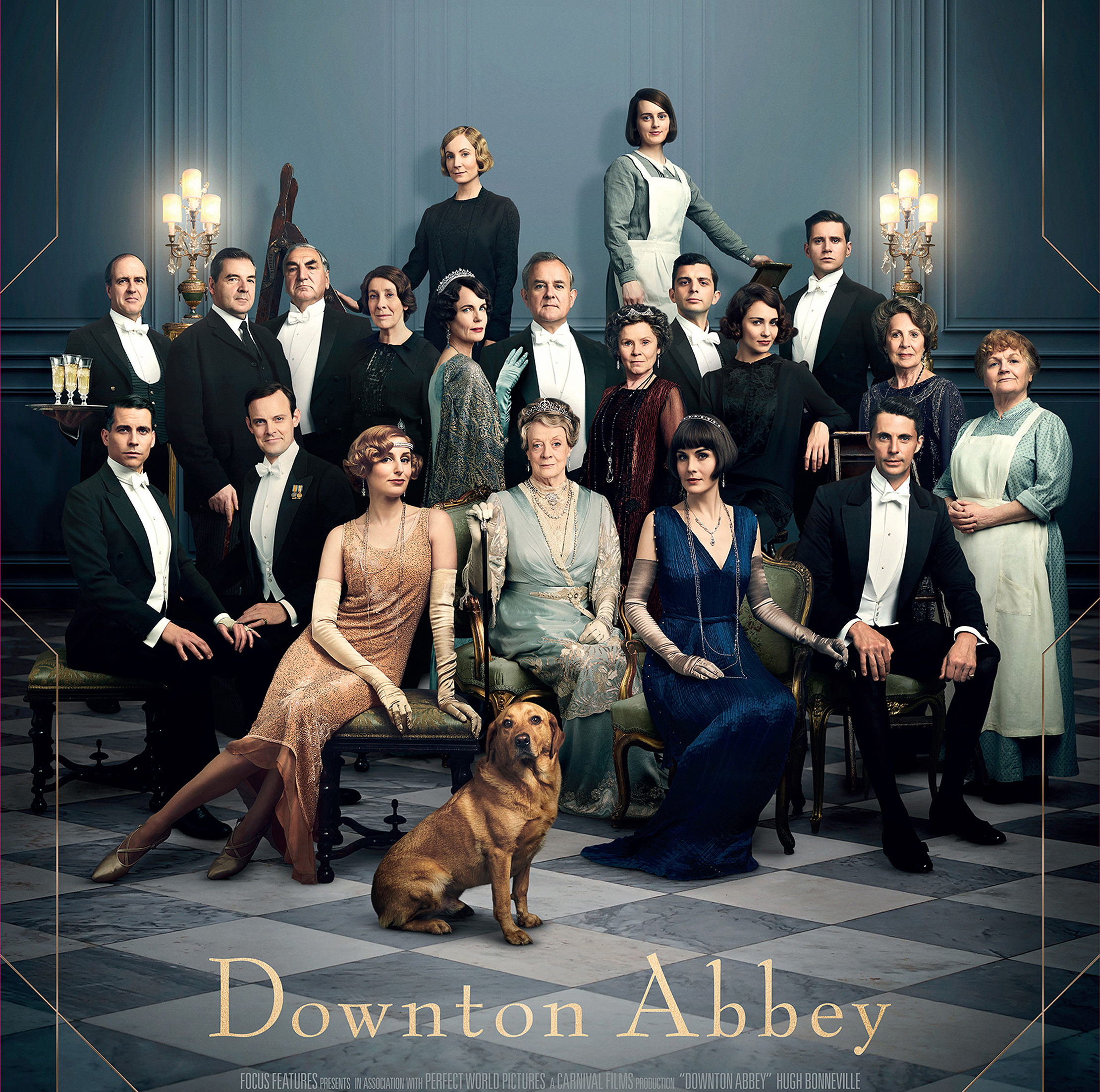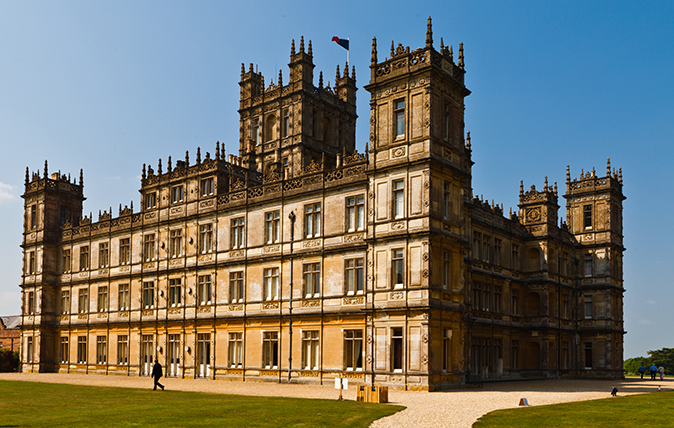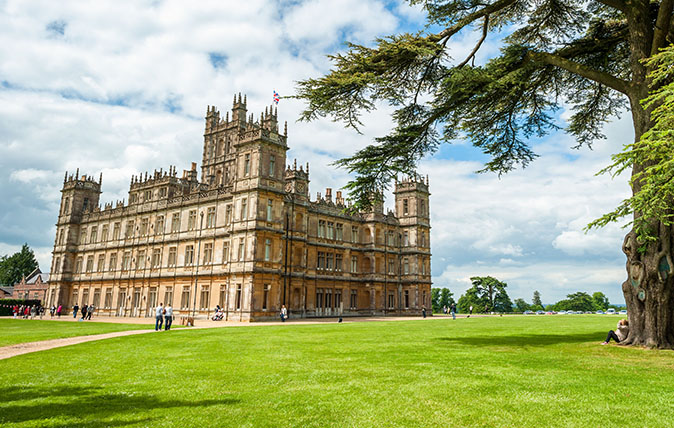Country Life's verdict on the Downton Abbey film: Patchy plots and sickly schmaltz, but 'a blissful two hours of escapism'
The new Downton Abbey film offers fans a final fix of life above and below stairs with the characters of a much-loved series. Kate Green went along to find out if it delivers on its promise.


Lawks-a-mercy! Downton Abbey is to host the King and Queen! Molesley the footman is in a gibbering, nervous frenzy and has to be reminded to breathe and feisty maid Daisy thinks it’s a ridiculous fuss about nothing. Mrs Patmore, the cook, is in a vocal fervour about soufflés and Lady Mary orders her beloved Carson out of retirement for the occasion, because she doesn’t trust the slippery Barrow, his successor as head butler, to clean the silver properly.
Julian Fellowes’s phenomenally successful ITV series, in which the Carnarvon family’s Highclere Castle as Downton Abbey is the real star, is back for one last hurrah and devotees will find it very comforting viewing.
The action (which started in 1912 in the first TV series) has leapt on to 1927, after the General Strike (‘Were you affected by the strike?’ ‘Well, my maid was rather curt’).
The patriarch, the Earl of Grantham (Hugh Bonneville), has been given a new labrador (a fox-red one), but his mother, the dowager Countess, played by Dame Maggie Smith, hasn’t aged a bit. She still commands the screen and is given all the sharpest lines as usual. ‘Will you have enough clichés to get through the visit?’ she tartly asks her gushing old rival Mrs Crawley (Penelope Wilton).
The Downton Abbey story, in case there’s anyone left on the planet who missed it, is all about the delicate relationship between upstairs and downstairs, the nuances of which are acutely observed by Lord Fellowes — he won an Oscar for his screenplay of Gosford Park in 2001 and his latest novel, Belgravia, begs to be televised — but the best ensemble acting is to be found downstairs.
‘The filming is luscious: glorious views of Highclere, sequined dresses and Strauss waltzes’
The imminent arrival of members of the Royal Household — an insufferable King’s Page of the Back Stairs, a camp French chef, a stony-faced housekeeper and a resentful seamstress among them — infuriates the Downton staff, who are determined not to be usurped in the matter of serving dinner to royalty.
Other sub-plots include an attempted assassination of George V, a fledgling romance for the widower and former chauffeur Branson and yet another scrape for Barrow, still unhappily closeted. ‘Will things ever change for us?’ he asks wistfully. ‘After all, 50 years ago, man didn’t know how to fly.’
Sign up for the Country Life Newsletter
Exquisite houses, the beauty of Nature, and how to get the most from your life, straight to your inbox.
There’s conjecture about the unhappiness of the King and Queen’s only daughter Princess Mary’s marriage to the Earl of Harewood, the question of how a servant adjusts to joining the aristocracy and a reality check for Lady Edith, who, after years of desperate spinsterhood, finds herself merely the appendage of a peer of the realm rather than the working woman and brave single mother she used to be.
The TV cast has been embellished for the film with some fine actors. David Haig is peerless as the pompous, neurotic King’s Page, Geraldine James makes a magnificent Queen Mary and Stephen Campbell Moore’s character is dispensed with far too quickly.
Imelda Staunton (in real life, the wife of Jim Carter, who plays the always dignified Carson) twinkles as Lady Bagshaw, the Queen’s lady-in-waiting with a mysterious past.
The filming is luscious and handsome: there are glorious views of Highclere, Harewood and Raby Castle, the Yorkshire Moors, the Royal Horse Artillery, plus sequined dresses, Strauss waltzes and joyous dancing in a gay nightclub.
The plotlines, it must be said, shine less brightly and the script has its sticky moments of sickly schmaltz, but, in all, it makes for a blissful two hours of escapism. What more can anyone ask?
‘Downton Abbey’ was released in UK cinemas on Friday, September 13

Credit: Richard Munckton
How Downton Abbey spawned Britain’s emerging kitchen trend
It may be gone from our screens, but Giles Kime believes that the hugely-successful Downton Abbey has left a lasting

Life after Downton Abbey: How Highclere Castle is moving on
Highclere Castle was made famous across the world as Downton Abbey – and the money that it generated saved this beautiful


